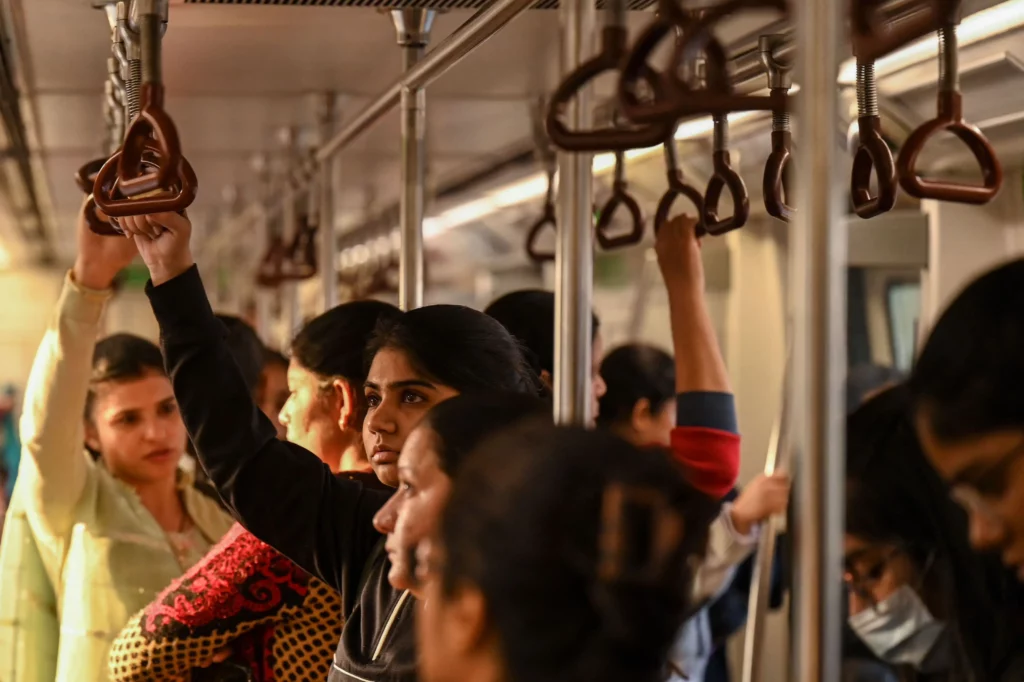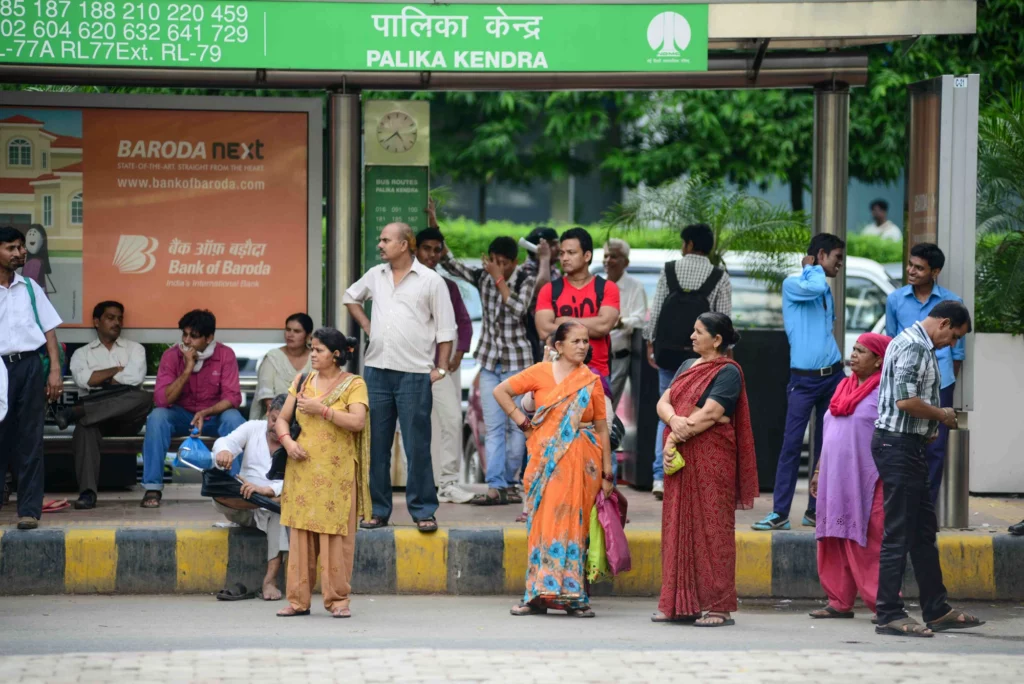Sustainable Mobility in India Must Work for Women Too
Sustainable mobility in India remains incomplete until it fully addresses the unique needs of women.
As India pursues ambitious goals for sustainable urban development, mobility remains one of the most pressing and visible challenges. The conversation around sustainable mobility often focuses on emissions, congestion, and infrastructure, but overlooks a crucial dimension: gender. For millions of Indian women, sustainable mobility is not just about cleaner transport, but about access, safety, and opportunity. And right now, that promise remains unfulfilled.
The gender gap in mobility
India’s cities are growing rapidly, and with that comes an urgent need for efficient, low-carbon transportation systems. However, the experience of mobility is vastly different for men and women.
Studies show that women are, on average, 21% more likely than men to rely on public transport. Yet, research by the Institute for Transportation and Development Policy (ITDP) reveals that women account for only 20-30% of public transport users in major Indian cities. This is not due to a lack of demand, but because many simply opt out of unsafe or inconvenient systems.
Moreover, mobility is intrinsically linked to employment and economic independence. The 2023 State of Working India report noted that India’s female labour force participation remains low, with transport barriers being a major contributor. If a woman cannot safely and affordably reach a workplace or vocational training centre, it severely impacts her ability to contribute to the economy.

Safety is perhaps the biggest deterrent for women using public transport. Sexual harassment in buses, trains, auto-rickshaws, and on streets is rampant and underreported.
A 2019 survey by Ola Mobility Institute found that 91% of women across 11 cities think public transportation systems are extremely unsafe.
The issue is not limited to incidents during travel, but extends to last-mile connectivity- poorly lit streets, lack of sidewalks, and isolated bus stops make even short walks feel threatening. These safety concerns have real, measurable effects: women take detours, spend more on private transport, or simply restrict their travel to certain times or areas, thus reinforcing social and economic exclusions.
Promising initiatives
Despite these challenges, change is underway. Several national and city-level policies now recognise the gender dimensions of mobility, and some initiatives offer hope for a more inclusive future.
The Ministry of Housing and Urban Affairs, under the Smart Cities Mission, has encouraged cities to adopt Gender Action Plans. Kerala’s Gender Inclusive Urban Transport Project stands out with gender audits, staff training, and infrastructure upgrades like better lighting and signage at bus stops. Delhi, meanwhile, has launched a comprehensive set of measures: reserved metro coaches for women, CCTV surveillance, quick response teams, and the deployment of female security personnel. The Delhi Transport Corporation (DTC) has expanded night services, introduced Ladies Special buses, trained female bus drivers -growing from 11 in 2022 to 60 in 2024 – and launched gender sensitisation programmes for staff.

One of the most talked-about initiatives is the free bus travel for women introduced in Delhi in 2019. While critics questioned its financial viability, its impact has been undeniable. More women now use buses, and many report that the scheme has given them greater independence and flexibility. Tamil Nadu, Karnataka, and West Bengal have followed suit with similar schemes.
Beyond policy, civil society and start-ups are at the forefront of innovation. Safety apps like Safetipin crowdsource data on lighting, footpaths, and surveillance to map “safe routes” for women. Ride-sharing platforms like Uber and Ola have addressed women’s safety and comfort by introducing women-centric features and services. Ola’s “Pink Cabs” initiative in select cities offers women-only rides with female drivers, aiming to create a safer and more reassuring travel experience. Uber has rolled out features such as the “Women Rider Preference” option for women drivers, allowing them to pick up only female riders, an effort to support women drivers and make the service more inclusive. These initiatives, while still limited in scale, reflect a growing recognition of gender-specific mobility needs in the ride-hailing ecosystem.
Towards a more equitable future
For sustainable mobility to be truly inclusive, it must be designed around the diverse realities of all users – not just the typical male commuter. Investments in public transport must be matched by improvements to the surrounding infrastructure: well-lit streets, clean and secure waiting areas, accessible footpaths, and safe last-mile options. These are not add-ons, they are essential components of a system that works for everyone.

Crucially, women must not only be users of transport systems, but also designers, operators, and decision-makers. Increasing female representation in urban planning, public works departments, and transit authorities is vital to ensure that policies and services are grounded in lived experiences and inclusive thinking.
Sustainable mobility is about more than carbon emissions and modal shifts. It’s about creating systems that serve everyone.
If India’s urban transition is to be equitable and sustainable, we must address the deep gender imbalances that persist in how we move. A woman who can safely and affordably travel is not just a statistic in a mobility report; she is a student, caregiver, entrepreneur, citizen. By putting her at the centre of transport planning, we don’t just make cities safer for women, we make them better for everyone.
The road to sustainable mobility in India must be walked together, and it must be safe, accessible, and dignified for all.
